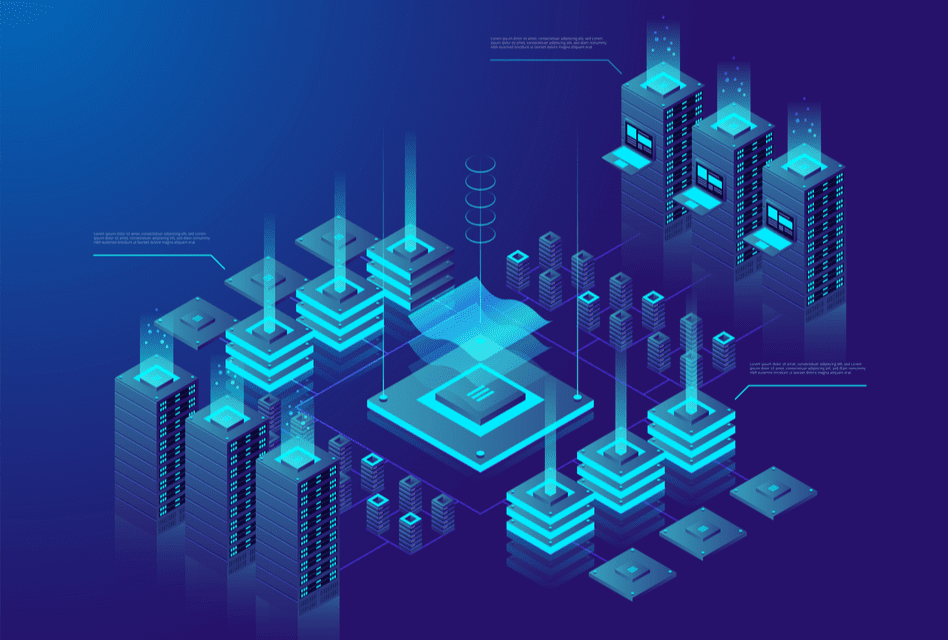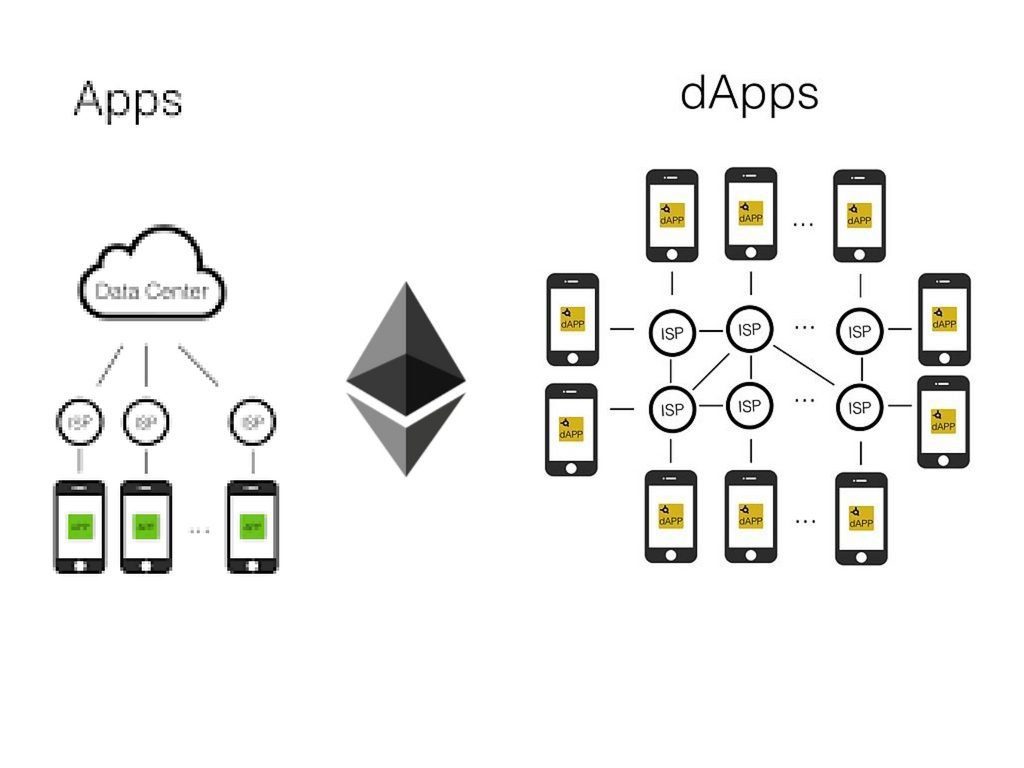
The blockchain industry is developing and there is no stopping it. What started out more than 10 years ago as an obscure and highly criticized technology burdened down by scepticism has evolved into a full-fledged industry encompassing hundreds of markets and every sector of human activity. Through crises and the chaos of hostile regulations, blockchain technologies are being adopted by an ever-increasing number of companies and individual developers, who are expressing and proving their genuine interest in this technology.
Dapps and various applications are being born every day to offer users a broad range of services from choosing the music and playing games to solving household tasks and optimizing the workflows of entire corporations and logistics chains. The true applications of blockchain technologies are only now coming to light as the industry has gained a more civilized character and the potential of real-life use cases have started shining through the fog of speculations.
But despite the development of blockchain technologies as a whole, the cornerstone of the entire concept of decentralization rests on the principles of infrastructure development, platform availability and cyber security. Just as any vehicle requires a chassis that can be later used for any variety of superstructures, so too blockchain requires a platform. This is where the fundamental aspect of blockchain and its greatest weakness emerges in the image of a lack of sufficient grounds for building Apps and Dapps with enough reach and scope to develop their full potential.
Industry Vector
The infrastructure needed for the development of the blockchain industry is being slowly developed. Slowly, because the realization of the need for the infrastructure came after the inception of the technology itself and long after the full potential of the technology’s applications had been evaluated. It has become clear that such a massively applicable technology as blockchain with its computational and programming requirements is in need of a comprehensive and user-friendly base that would allow developers, companies, businesses and average users to adhere to the principles of decentralization by having access to the toolkit necessary for building applications and decentralized applications.
There are a number of platforms available at the moment that strives to cater to the needs of Dapps developers. IOST is one example of a project that seeks to develop an ultra-high TPS blockchain infrastructure to meet the security and scalability needs of the decentralized economy. Tron is not far behind as one of the largest blockchain-based operating systems in the world with high throughput and the scalability to match. Next up is EOS – a blockchain protocol that emulates most of the attributes of a real computer, including hardware.

Impressive as they are with their characteristics and technical capabilities, the aforementioned platforms do not solve any global problems and do not strive to reveal the full potential of blockchain technologies. With no unleashing of the full potential of technology, there can be no talk of its adoption.
Blockchain Platform User Case: Credits
With the rise of demand in infrastructure solutions, teams of developers have started working of creating the necessary supply. Credits is a new blockchain platform for creating Dapps and services that have risen to heed the call of Dapps developers and users seeking firm foundations for ushering forth the adoption of blockchain technologies through real use applications.
Credits is an open-source and decentralized blockchain platform designed for the development and execution of smart contracts and decentralized applications with unprecedented ease of use and high-tech characteristics. The advanced project offers public and private solutions suitable for B2C and B2B markets, which allows for eliminating the problems of trust and uncertainty that have plagued virtually all sectors of the economy since time immemorial.

The main value of the Credits platform resides in that it actually solves the blockchain trilemma of scalability, decentralization and security. The key advantages of the technology that Credits offers in contrast to analogous solutions are high network capacities of up to 1 million transactions per second with transaction processing time hovering around 0.1 seconds and low fees starting from 0.001 USD per transaction. These features allow the project to serve as a mediator between users and businesses, thus creating a bridge to close the gap that has been hindering the adoption of blockchain technology around the world. Different solutions can be implemented by means of the Credits protocol ranging from corporate sector services to gambling Dapps, or any other application aiming to cater to various economic sectors.
With the evolution of the market and a complete shift in the paradigm of blockchain technologies’ interpretation and implementation in the world, the Credits team has decided to take on a new path in the further development of the platform. Since the beginning of 2019, the Credits platform has entered into partnerships with over 30 companies acting as systems integrators. The companies will be responsible for creating Dapps and services that will solve the problems of their end customers.
Credits already has partnerships with large companies, such as Lenovo New Vision. As part of the partnership, Credits will utilize their blockchain expertise to help facilitate the development of software applications for the combination of the Internet of Things and AI/AR with possible expansion into Fintech and Logistics. On their part, Lenovo New Vision Technology will be incorporating the Credits blockchain to streamline the company’s internal operations and management procedures.
Credits has also partnered with IBM in automating processes, increasing productivity and improving customer service in the Internet of Things sector. The business model developed by Credits involves the use of the IBM Watson infrastructure, IBM clouds, and the Credits blockchain platform for tapping industries and market segments, where high-quality data collection from sensors and gateways is vital for transactions between market participants. This model opens immense prospects, which allow transforming the modern world by proving the value of the combination of IoT and blockchain for business with their subsequent mass adoption.
Last but not least, the Credits team is actively starting to connect blockchain projects to their ecosystem for further scaling and development of the infrastructure. Two of the most recent large-scale projects to join the Credits platform are Quarkchain, a growth company that provides a secure blockchain solution for various types of projects, and Chainlink, a decentralized oracle network that enables smart contracts to securely access off-chain data feeds, web APIs, and traditional bank payments.
Moving In The Right Direction
The blockchain industry is an organic and rapidly developing sector of the global economy that is just as unpredictable as it is brimming with potential. The vector of development that the Credits platform has chosen proves that the company is focused on the real use of blockchain in various business sectors and is aimed at the widespread adoption of the technology. If any technology seeks to be adopted and widely used, it must have firm foundations to stand on. Credits may well be the solid ground the industry’s many participants have been seeking for turning their developments into reality.
HedgeThink.com is the fund industry’s leading news, research and analysis source for individual and institutional accredited investors and professionals



































